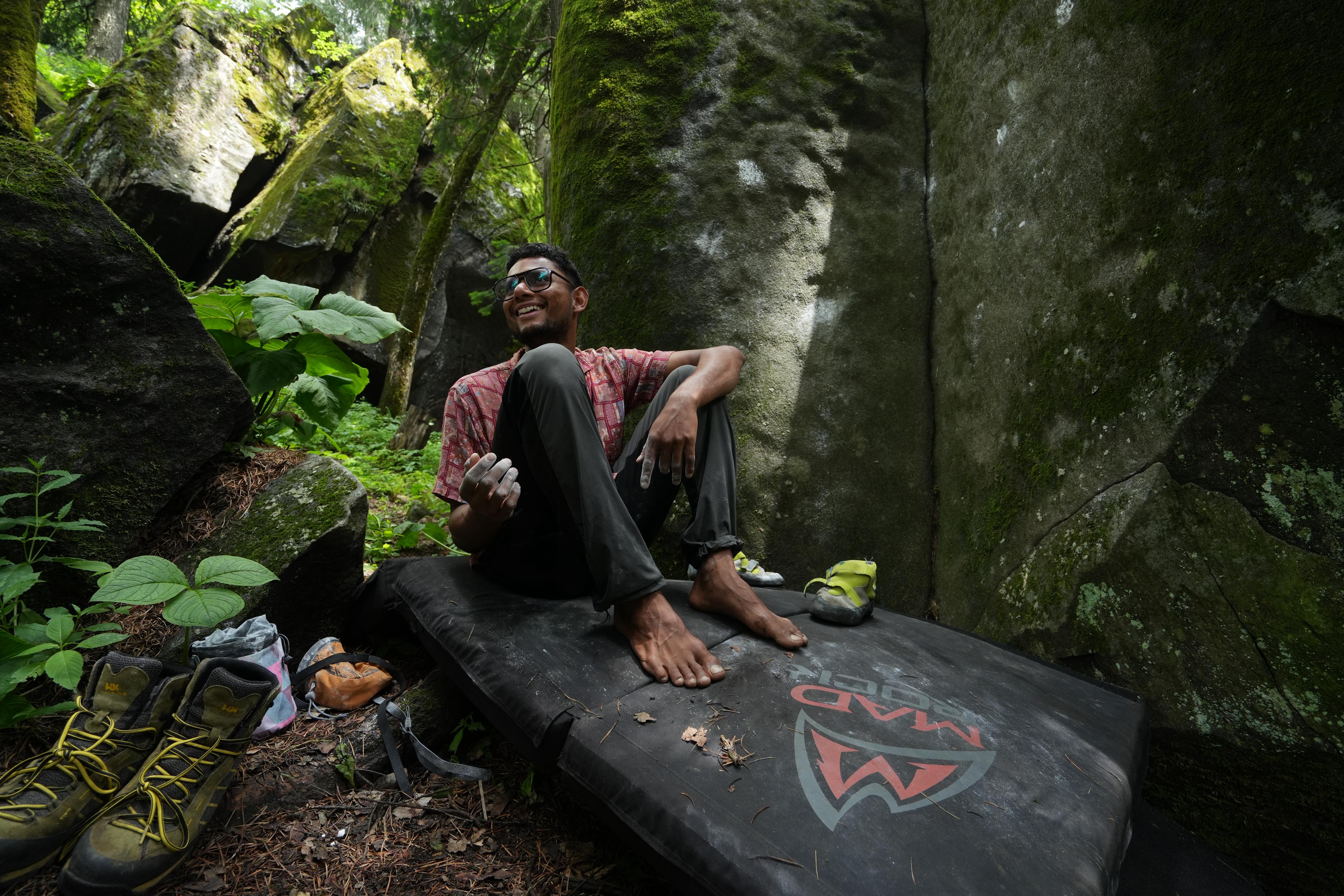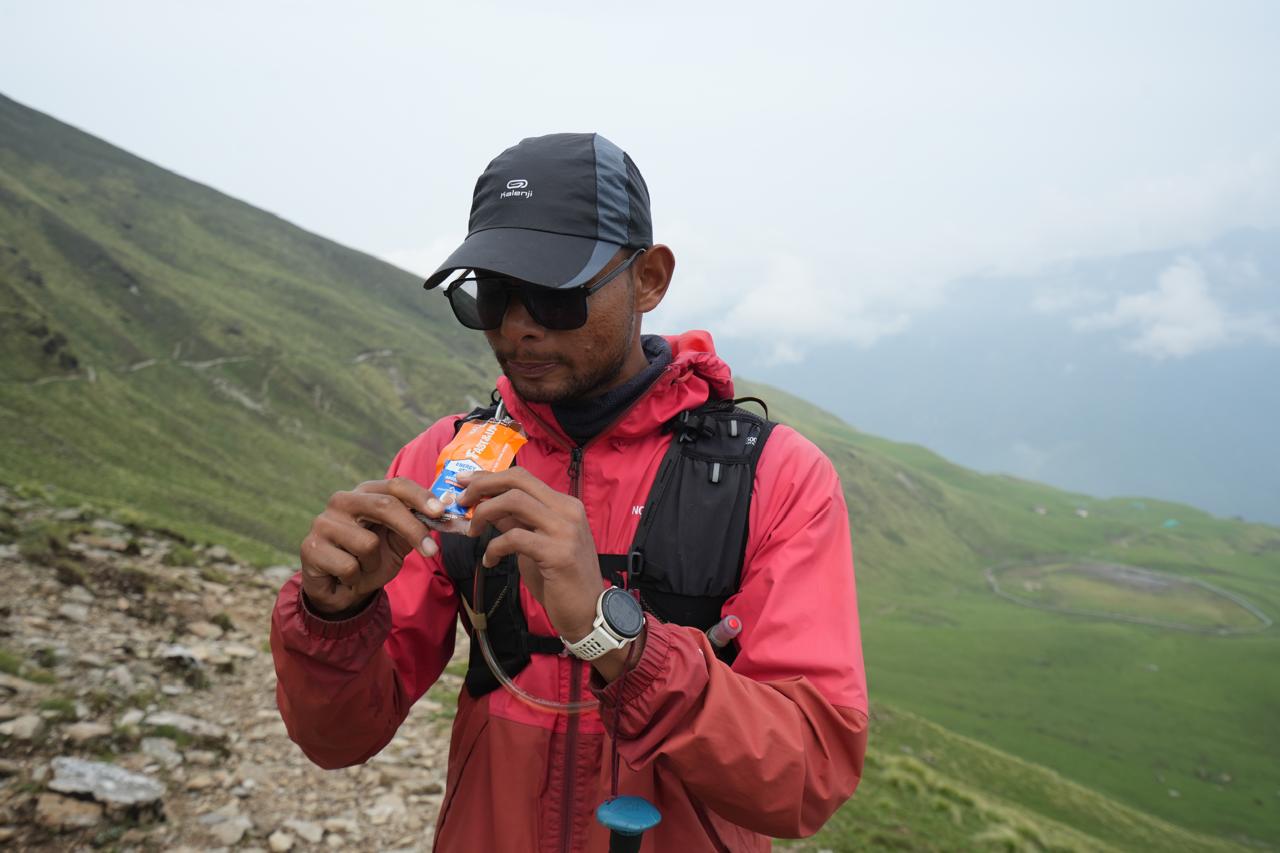In the Indian trekking scene, most people rely on three main meals: breakfast, lunch, and dinner, with maybe a snack in between. Sounds normal, right? But what if we told you that this traditional meal pattern isn’t enough on a demanding, say 10 day backpacking trip?
Sure, you’ll make it through the trek. You’ll push through the exhaustion. But will you wake up fully charged and fresh the next day? Not really. Blame your fueling strategy.
Us fuelling midway to ensure we get enough carbs and proteins
What Happens When You Rely Only on 3 Meals (Mostly Carbs)?
Legs fatigue faster: Your body runs out of quick energy sources.
Improper digestion: Heavy meals with long gaps don’t help on the move.
Low energy on long days: 10+ hour hikes demand constant fueling.
We’ve learned this through brutal 12-hour trekking days and ultra runs.
Follow these golden rules, and your body will thank you:
1. Eat Before You’re Hungry, Drink Before You’re Thirsty
By the time you feel hungry or thirsty, your body is already in deficit mode. Instead, eat every 45-60 minutes to maintain steady energy and avoid crashes. Read further to know what exactly to eat.
2. Carbs Are King, But Fat is the Long Game
Carbs = Quick energy (great for steep climbs & bursts of effort).
Fats = Slow-burning fuel (perfect for long, steady-paced treks).
Protein = Recovery (essential for rebuilding muscles post-hike).
Pre-Trek Meal (Slow Energy Release)
Oats, millets, whole grains, energy bars (Not protein bars) → Long-lasting fuel
Banana + peanut butter → Good mix of carbs & fats
Post-Trek Recovery
Daal-rice, eggs, a protein shake, beans, veg wraps, protein bars → Helps muscle recovery
Our favourite trail snack pre and post hike
3. The 30-60 Rule: Fuel as You Move
To keep your energy levels stable, consume 30-60g of carbs per hour while hiking. Here’s what works:
Fast Energy: Dried fruits, trail mix, energy bars, gels
Sustained Energy: Nut butters, dates, granola
Desi & Effective: Chapati with peanut butter or ghee
4. Hydration is more Than Just Water
Sweat drains electrolytes, not just water. Missing salt can cause cramps, fatigue, and sluggishness.
-Add a pinch of salt to your water or carry ORS packets.
-Electrolyte tablets or a simple sugar-salt mix work wonders.
-Sip water every 15-20 mins to stay ahead of dehydration.
Personally love these, super handy on treks. Once you're done, the tube’s recyclable too.
Backpack Like an Athlete, Not a Tourist
Backpacking isn’t just about carrying a heavy pack, it’s about fueling your body like an endurance athlete. If you eat smart, drink right, and plan ahead, you’ll experience less fatigue, better endurance, and stronger recovery.
Want to know what we eat during our backpacking trip? Read this
 Nithyam Nachappa
Nithyam Nachappa
